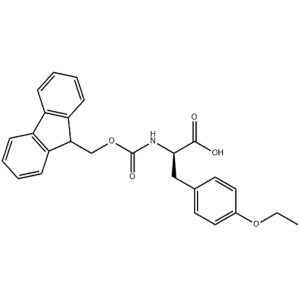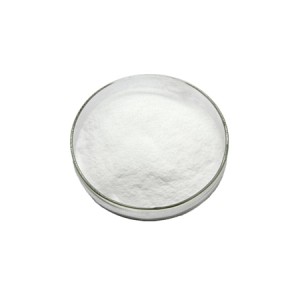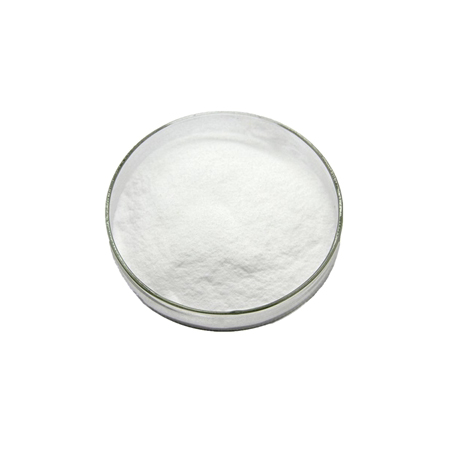Biochemistry and Drug Discovery: 162502-65-0 Fmoc-D-Tyr(Et)-OH serves as an important amino acid derivative for synthesizing biologically active peptides and proteins. Chemical modifications of this compound can lead to the development of novel drugs or drug candidates for treating various diseases.
Peptide Synthesis: In solid-phase peptide synthesis, 162502-65-0 Fmoc-D-Tyr(Et)-OH is a commonly used amino acid monomer. Its Fmoc protecting group facilitates amino acid ligation and deprotection, enabling the synthesis of peptide chains with specific sequences and functions. 162502-65-0 Fmoc-D-Tyr(Et)-OH also could be one of Atosiban Intermediates. Atosiban is a synthetic peptide that exerts a competitive inhibitory effect on human oxytocin at the receptor level, which reduces the frequency and tone of uterine contractions and inhibits uterine contractions. Atosiban is used in patients with preterm labour to inhibit uterine contractions and prolong pregnancy.Atosiban is applied after emergency annuloplasty to effectively and safely inhibit uterine contractions;Assisted reproduction embryo transfer, atosiban can improve the endometrial tolerance of embryo transfer patients, so that the uterine contraction activity is reduced and the endometrial perfusion is increased, thus improving the endometrial state.
Laboratory Research: 162502-65-0 Fmoc-D-Tyr(Et)-OH is extensively used in the laboratory for peptide synthesis and protein structure studies. By combining it with other amino acid monomers, various peptide sequences can be synthesized to investigate protein-protein and protein-ligand interactions, as well as protein function and regulation mechanisms.
Peptide Reagents and Synthetic Auxiliaries: 162502-65-0 Fmoc-D-Tyr(Et)-OH can also serve as a protective agent or condensing agent in peptide synthesis, helping to improve the efficiency and purity of the peptide synthesis process. Additionally, it can be used as a peptide reagent for peptide labeling, modification, and detection.
 Building 12, No.309, South 2nd Road, Economic Development Zone, Longquanyi District, Chengdu, Sichuan, China.
Building 12, No.309, South 2nd Road, Economic Development Zone, Longquanyi District, Chengdu, Sichuan, China. amy@enlaibio.com / cynthia@enlaibio.com / edison@enlaibio.com / daisy@enlaibio.com
amy@enlaibio.com / cynthia@enlaibio.com / edison@enlaibio.com / daisy@enlaibio.com +86 (028) 84841969
+86 (028) 84841969 +86 135 5885 5404
+86 135 5885 5404






















.png)


